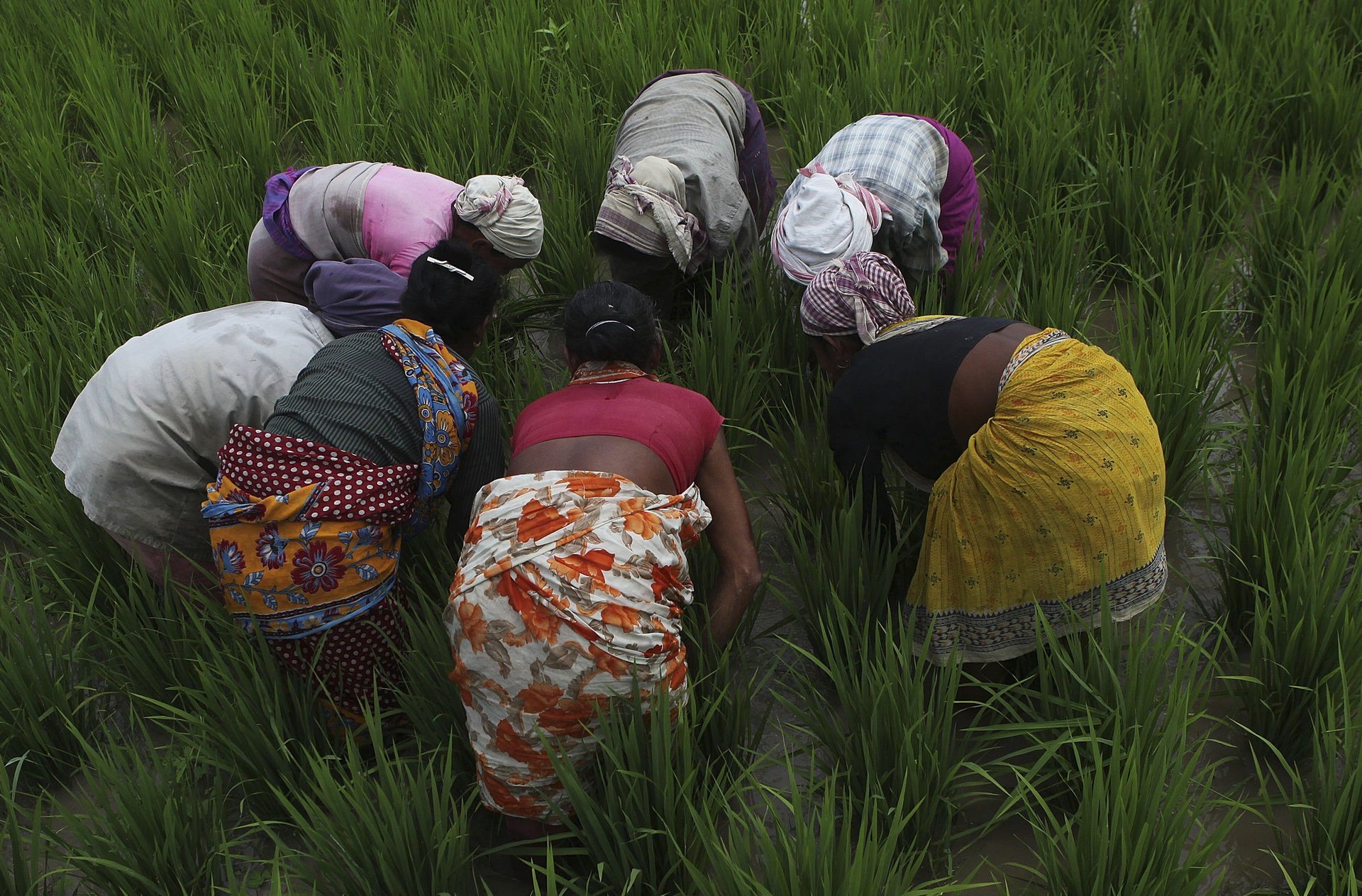Don’t count on farms to generate more jobs
Prime minister Narendra Modi has made it no secret that creating jobs and reviving growth is his top priority. The centre has announced a slew of measures, with a focus on agriculture.


Prime minister Narendra Modi has made it no secret that creating jobs and reviving growth is his top priority. The centre has announced a slew of measures, with a focus on agriculture.
But that might be precisely the wrong direction.
An estimated 10 million workers will enter the labour force every year for the next 15 years. And by 2020, about 64% of India’s population will be in the working age group, between 15 and 59 years.
To take advantage of this demographic dividend, relying on farming might not cut it, a recent Reserve Bank of India study suggests.
That’s because economic growth in India has generated fewer jobs in agriculture compared to other sectors. The study examines so-called employment elasticity, based on jobs generated in India between 1993 and 2012.
Employment elasticity is a measure of the percentage change in the employment rate as measured by a single percentage point change in economic growth. Effectively, it indicates the potential of a sector to generate employment as it develops.
While sectors such as construction have seen an increase in employment elasticity, agriculture has witnessed a fall. Other areas of growth include apparel, furniture, leather and automotive industries.
With millions expected to join the workforce annually, finding enough jobs will be a challenge, the study notes, especially considering structural changes that the Indian labor market. These include more and more people moving away from agriculture, and a reduction of women in the labour force as they move towards education.
“The non-farm sector has to gear up to shoulder the burden of agriculture,” the study concludes, while suggesting a renewed focus on India’s lagging manufacturing industries to absorb a larger percentage of the workforce.
When it comes to job creation, the farm is not the future.